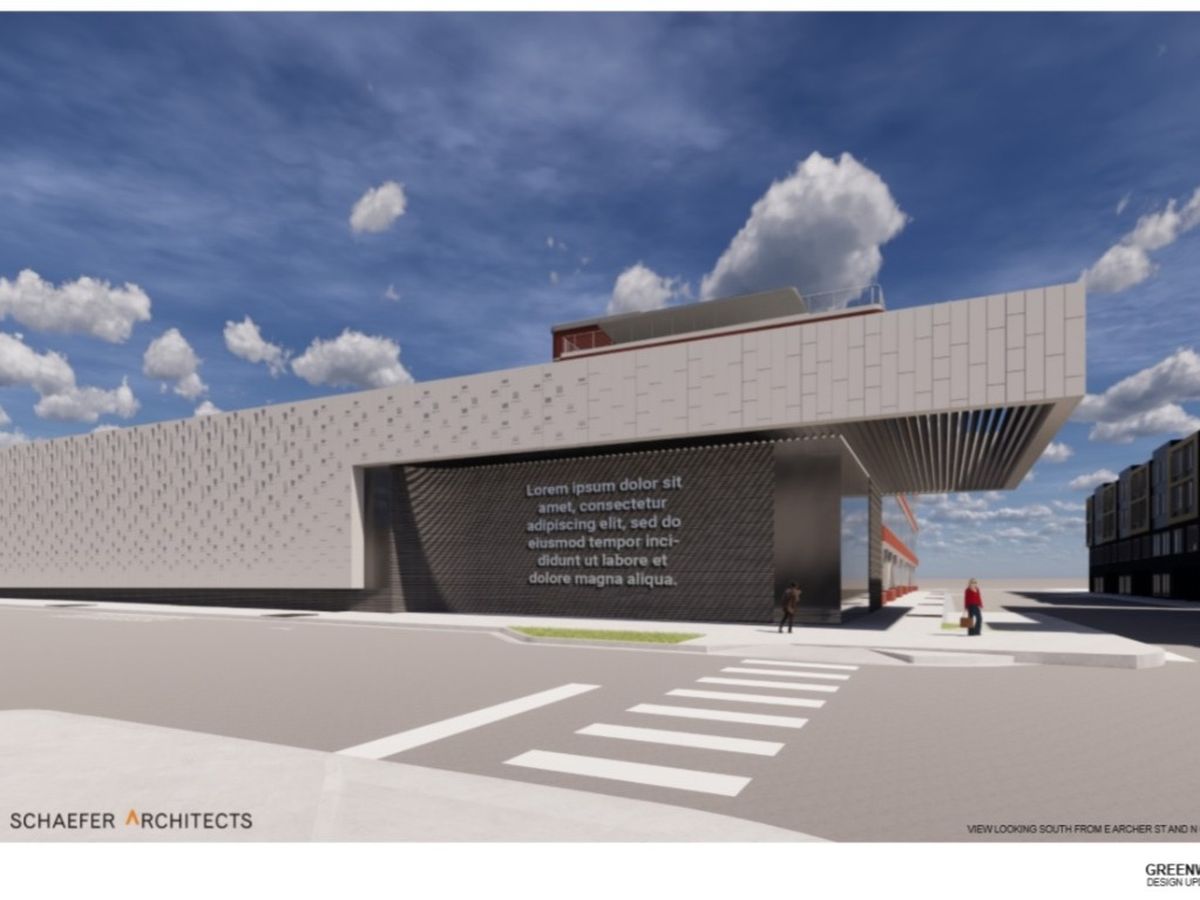

 Join Us and help Build GREENWOOD RISING History Facility!
Join Us and help Build GREENWOOD RISING History Facility!All funds will go towards the following:
1. Construction of GREENWOOD RISING ; a world class facility dedicated to educate and tell the narrative of the history of Greenwood & Black Wall Street, the 1921 Tulsa Race Massacre, the enduring spirit and resiliency of its Black entrepreneurs, and a commitment space for dialogue and reconciliation.
2. Construction of the "Pathway to Hope" ; a historical walking path with landmarks featuring some of the notable citizens and pioneers of Greenwood. This outdoor walkway will connect "Deep Greenwood" to the John Hope Franklin Reconciliation Park.


Black Wall Street
Early in the twentieth century, Tulsa’s African American community, the “Greenwood District,” crafted a nationally-renowned entrepreneurial center. De jure segregation confined African American dollars within this enclave. The resultant economic detour—the diversion of black dollars away from the off-limits white commercial sector—morphed the thirty-five-square-block area into “Black Wall Street,” a dynamic business hub rife with risk-takers and deal makers.
A talented cadre of African American businesspersons and entrepreneurs plied their trades. These Greenwood District architects parlayed Tulsa’s Jim Crow regime into an economic advantage. They seized the opportunity to devise a closed market system that defied the myth of African American mediocrity. Greenwood Avenue, the nerve center of the Greenwood District, flourished, drawing favorable comparisons to such celebrated thoroughfares as Beale Street in Memphis and State Street in Chicago. Greenwood became forever known as America's "Black Wall Street."
The Massacre
A chance encounter between two teenagers lit the fuse that set Greenwood District alight. The alleged assault on a white girl, Sarah Page, by an African American boy, Dick Rowland, triggered unprecedented civil unrest. Propelled by sensational reporting by The Tulsa Tribune, resentment over black economic success, and a racially hostile climate in general, mob rule held sway. In fewer than twenty-four hours, people, property, hopes, and dreams vanished. Fires raged. Mobs prevented firefighters from extinguishing the flames. Property damage ran into the millions. Hundreds of people died. Scores lay injured. Some African Americans fled Tulsa, never to return.
This man-made calamity could more accurately be labeled an assault, a disaster, a massacre, a pogrom, a holocaust, or any number of other ghastly descriptors. This, America’s worst “race riot,” would remain a taboo topic for decades.


The Commission
The 1921 Tulsa Race Massacre Centennial Commission (the “Commission”), spearheaded by Oklahoma Senator Kevin Matthews, summoned leaders of the Greenwood Cultural Center, the Greenwood Chamber of Commerce, the John Hope Franklin Center for Reconciliation, and a host of other community collaborators to commemorate the 100th anniversary of the Massacre in 2021. The Commission will leverage the rich history of the Greenwood District through projects and programs that promote entrepreneurship and facilitate cultural tourism.
https://www.tulsa2021.org/
Organizer
RAE Family Foundation
Beneficiary

